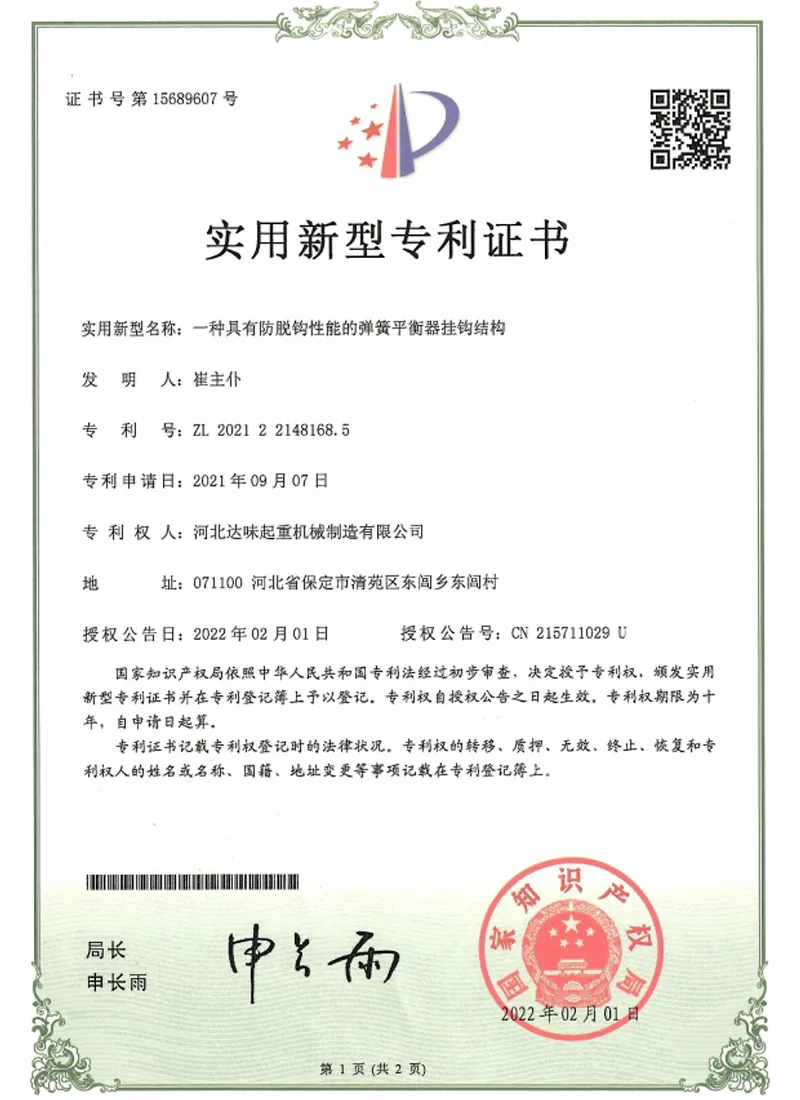Transporting Heavy Machinery Using Rollers for Efficient Movement
Moving Heavy Equipment with Rollers A Practical Guide
Moving heavy equipment is an integral part of various industries, and it often involves significant challenges. From construction sites to manufacturing facilities, the transportation of heavy machinery is crucial for maintaining productivity and efficiency. One of the most effective methods for moving heavy equipment is by using rollers. This article will explore the advantages of using rollers, the types available, and provide practical tips for a successful operation.
Understanding Rollers
Rollers can be defined as cylindrical devices used to facilitate the movement of heavy machinery across flat surfaces. They significantly reduce the friction between the equipment and the ground, which allows operators to move heavy objects with minimal force. Rollers come in different sizes and materials, tailored to handle various types of loads and surfaces.
Advantages of Using Rollers
1. Reduced Physical Strain Moving heavy equipment can pose serious health risks, including musculoskeletal injuries. By utilizing rollers, workers can significantly decrease the physical demands of the task, minimizing the risk of injury.
2. Efficiency in Movement Rollers enable a smoother and more controlled movement of heavy machinery. This efficiency can lead to time savings on job sites, allowing for quicker setup and teardown processes.
3. Versatility Rollers can be used on various surfaces, whether it’s concrete, asphalt, or dirt. This versatility makes them a go-to choice for industries with differing site conditions.
4. Cost-Effective Solution Although investing in high-quality rollers may require an upfront cost, the long-term savings are significant. Reducing labor costs and minimizing the risk of equipment damage can offset the initial investment.
Types of Rollers
There are several types of rollers available, each designed for specific applications
1. Dolly Rollers These small, portable rollers are often used for moving smaller machinery or ensuring that equipment can navigate tight spaces.
moving heavy equipment with rollers

2. Flat Rollers These are broader rollers designed for heavier and larger equipment. They provide a stable platform for movement, making them ideal for construction machinery.
3. Bearing Rollers Equipped with bearings, these rollers are designed for high-capacity loads and are often used in industrial settings where heavy equipment transportation is routine.
4. Pneumatic Rollers These rollers use air-filled tires to absorb shocks and provide additional stability during movement. They are particularly useful when moving equipment over rough terrain.
Tips for Moving Heavy Equipment with Rollers
1. Assess the Load It is essential to understand the weight and dimensions of the equipment before moving. This assessment will help in choosing the appropriate type and number of rollers.
2. Inspect the Rollers Always check the condition of the rollers before use. Look for damage, wear, or any obstruction that may hinder their performance.
3. Clear the Path Ensure that the area where the equipment will be moved is free of obstacles. This can reduce the risk of accidents and provide a smoother transition.
4. Use a Spotter When moving heavy equipment, it is beneficial to have a spotter who can guide the operator from a distance. This helps in avoiding blind spots and ensures safe navigation.
5. Distribute the Weight When loading the equipment onto the rollers, ensure that the weight is evenly distributed. This will prevent tipping and enhance stability during transportation.
6. Practice Safety Protocols Always wear appropriate safety gear and follow your company’s safety protocols. Moving heavy equipment can be hazardous, and adhering to safety measures is vital for protecting workers.
Conclusion
Moving heavy equipment with rollers is a practical solution that enhances efficiency while minimizing risks. By understanding the different types of rollers available and following safety measures, industries can streamline their operations and ensure the safe transportation of machinery. As technology continues to evolve, so too will the methods we use to move heavy equipment, making the industry safer and more efficient for everyone involved.
-
4000 lb Gantry Crane | Adjustable, Heavy-Duty Lifting SolutionsNewsAug.31,2025
-
Portable 2000 lb Gantry Crane | Heavy-Duty & AdjustableNewsAug.30,2025
-
Versatile Lifting Solutions with Gantry and Overhead CranesNewsAug.29,2025
-
The Versatile Mobile Gantry Crane SolutionNewsAug.29,2025
-
Reliable Movement with Heavy Machinery Skates and RollersNewsAug.29,2025
-
Reliable Lifting Performance with 2000 lb Gantry Crane and 2 Ton Overhead SystemsNewsAug.29,2025
-
Maximize Lifting Efficiency with PML Magnetic LiftersNewsAug.29,2025
